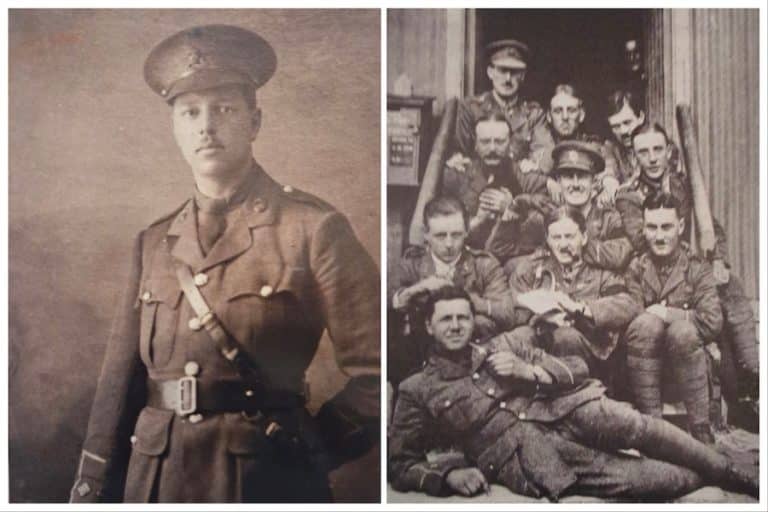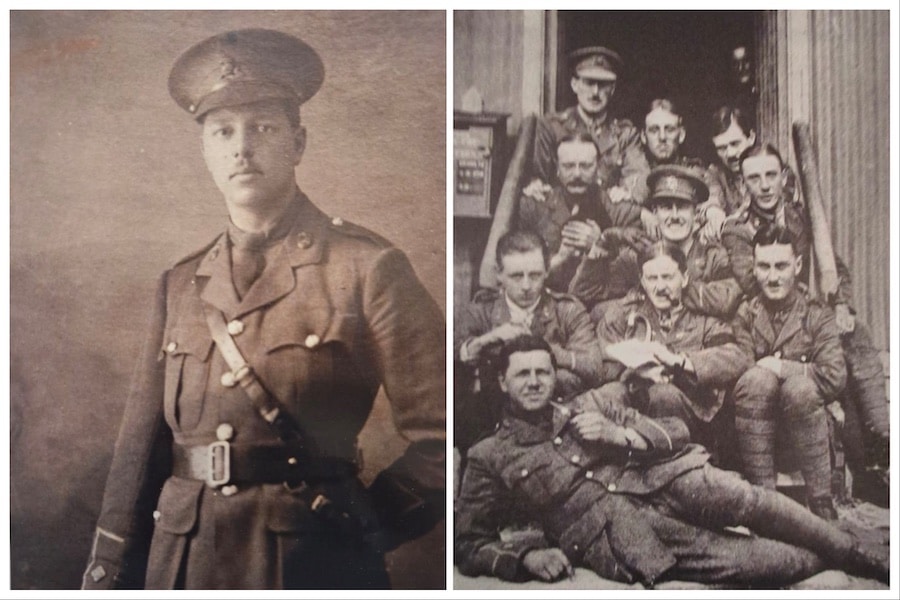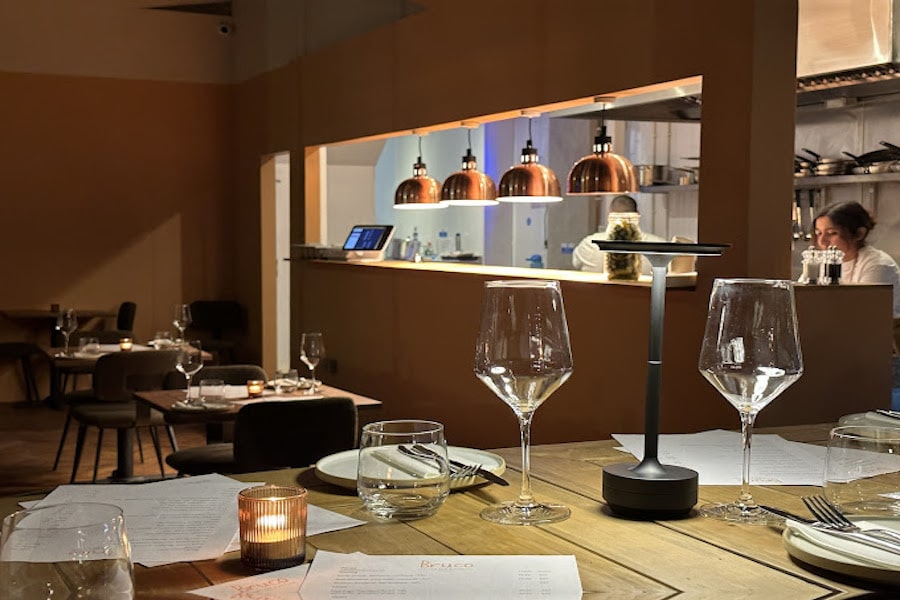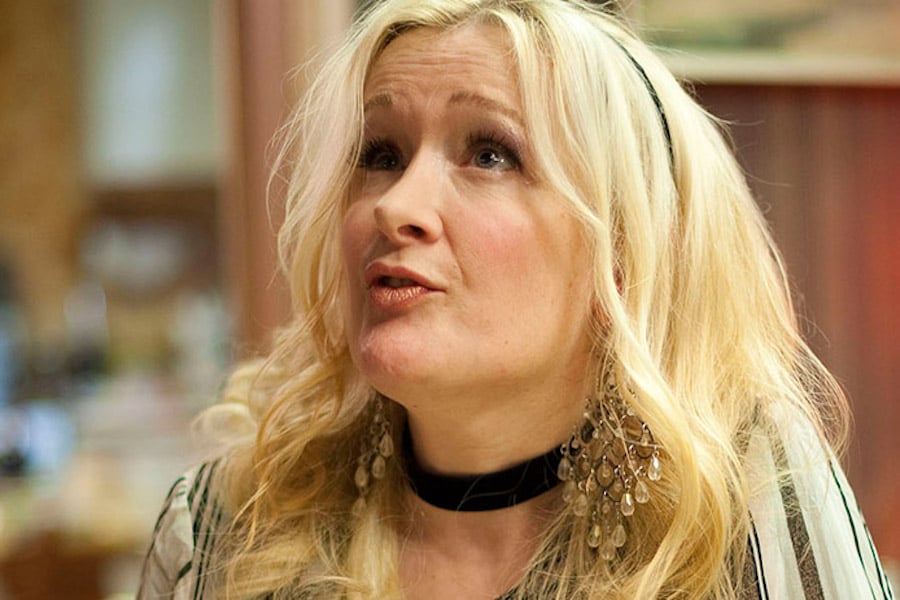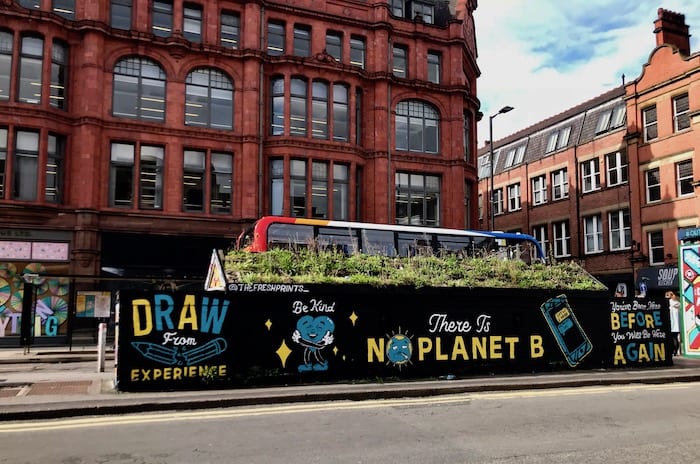Redeveloped Manchester Jewish Museum celebrates sold-out opening weekend
- Written by I Love MCR
- Last updated 3 years ago
- Museums
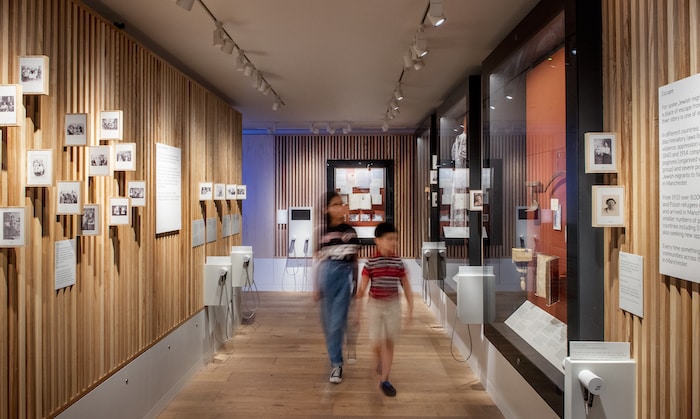
The redevelopment of the Manchester Jewish Museum has been a long labour of love spanning almost a decade.
The museum relocated to Manchester Central Library whilst the building closed for construction work. Over the weekend the venue welcomed the public back after a two-year closure and impressive £6m redevelopment.
Reduced numbers under Covid restrictions meant tickets were in high demand, with the museum celebrating a sold-out opening weekend.
A place to explore what connects us all, the institution tells the stories of the Jewish people and communities of Manchester. The lottery-funded redevelopment includes an extension designed by Citizens Design Bureau that has doubled the museum in size, with a new gallery, shop, cafe, learning studio and kitchen.
The capital project also saw the renovation and restoration of the museum’s 1874 Grade II* Listed former synagogue, which will serve as a “living artefact” and a cultural space for live events.
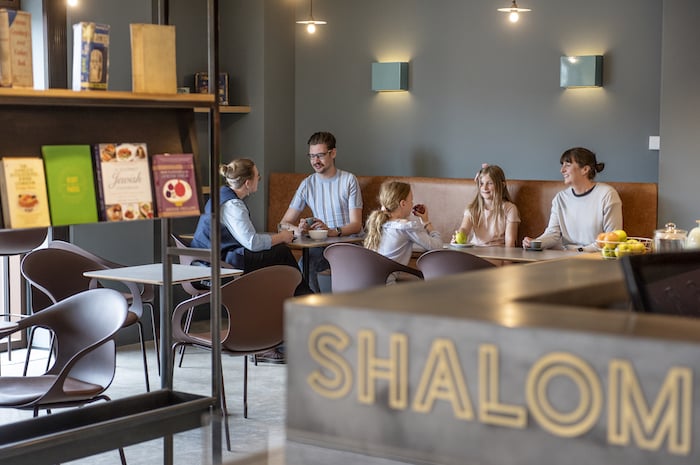
The redevelopment took food as a starting point and a “unifying force between cultures”. Visitors to the vegetarian kosher-style café will be able to discover more about the history and traditions of Jewish food while they eat. There is also an adjacent learning kitchen where schools and community groups can cook, bake and explore Jewish food culture together as part of the museum’s food programme.
A new Journeys, Communities and Identities gallery, designed by All Things Studio, has enabled much more of the museum’s 31,000-strong collection to be displayed. Features in the gallery include a floor map of Cheetham Hill – the culturally diverse district where the museum is located – as well as moveable digital labels and a collection of oral histories telling the stories of Jewish Mancunians.
Also on display is Turner Prize-winning artist Laure Prouvost’s new installation, The Long Waited, Weighted, Gathering, which was co-commissioned by Manchester Jewish Museum and Manchester International Festival and will remain in place until October.
The redevelopment has integrated a number of sustainable features into the new and the original museum buildings, reducing its energy use and carbon intensity by around 20%.
- This article was last updated 3 years ago.
- It was first published on 7 July 2021 and is subject to be updated from time to time. Please refresh or return to see the latest version.
Did we miss something? Let us know: [email protected]
Want to be the first to receive all the latest news stories, what’s on and events from the heart of Manchester? Sign up here.
Manchester is a successful city, but many people suffer. I Love Manchester helps raise awareness and funds to help improve the lives and prospects of people across Greater Manchester – and we can’t do it without your help. So please support us with what you can so we can continue to spread the love. Thank you in advance!
Got a story worth sharing?
What’s the story? We are all ears when it comes to positive news and inspiring stories. You can send story ideas to [email protected]
An email you’ll love. Subscribe to our newsletter to get the latest news stories delivered direct to your inbox.

English National Opera finds a new home in Manchester making opera accessible to all
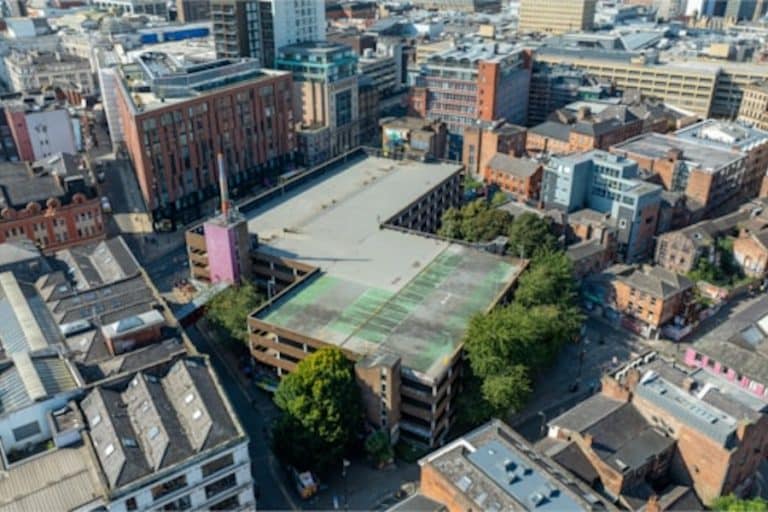
What will replace Northern Quarter’s Church Street multi-story car park?

How a community response is preventing Mancunians from going hungry this winter

“Great food at excellent value” An authentic taste of Naples arrives in Ancoats
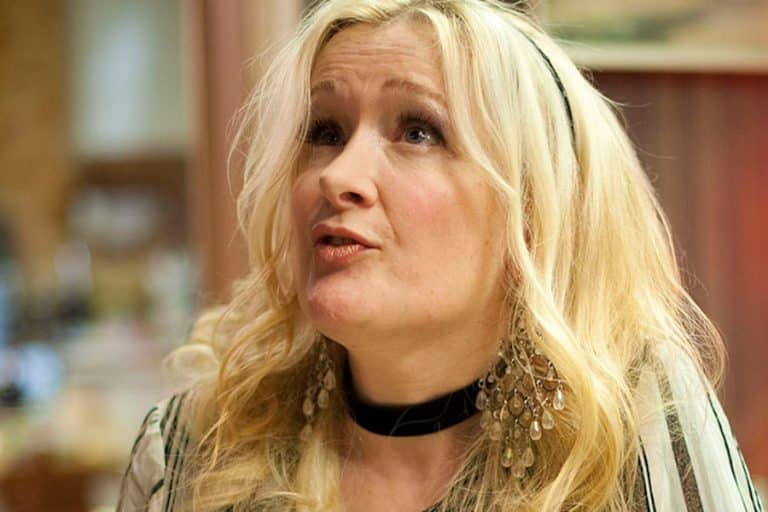
Comedian spearheads campaign for a statue of beloved comic Caroline Aherne
